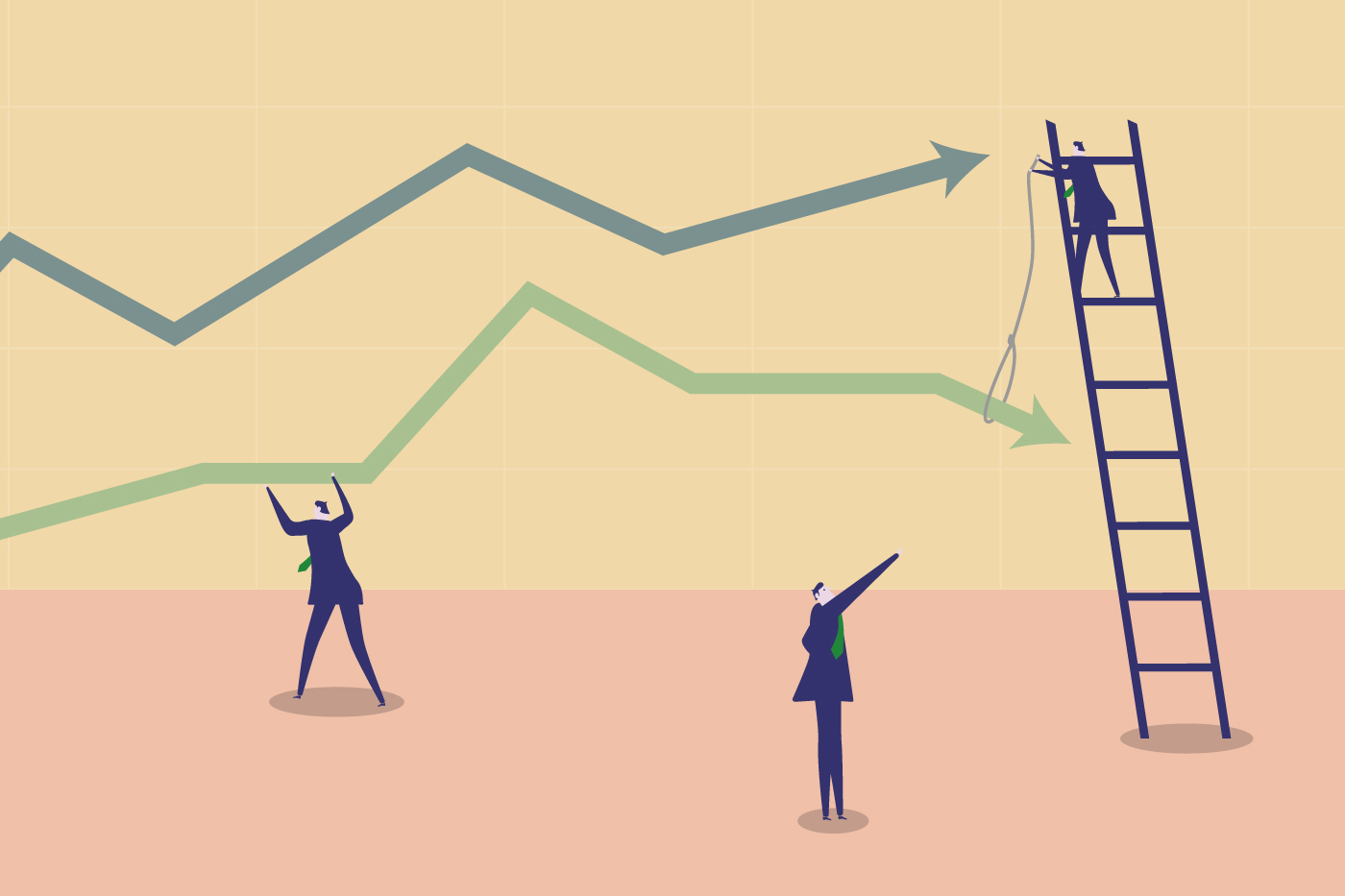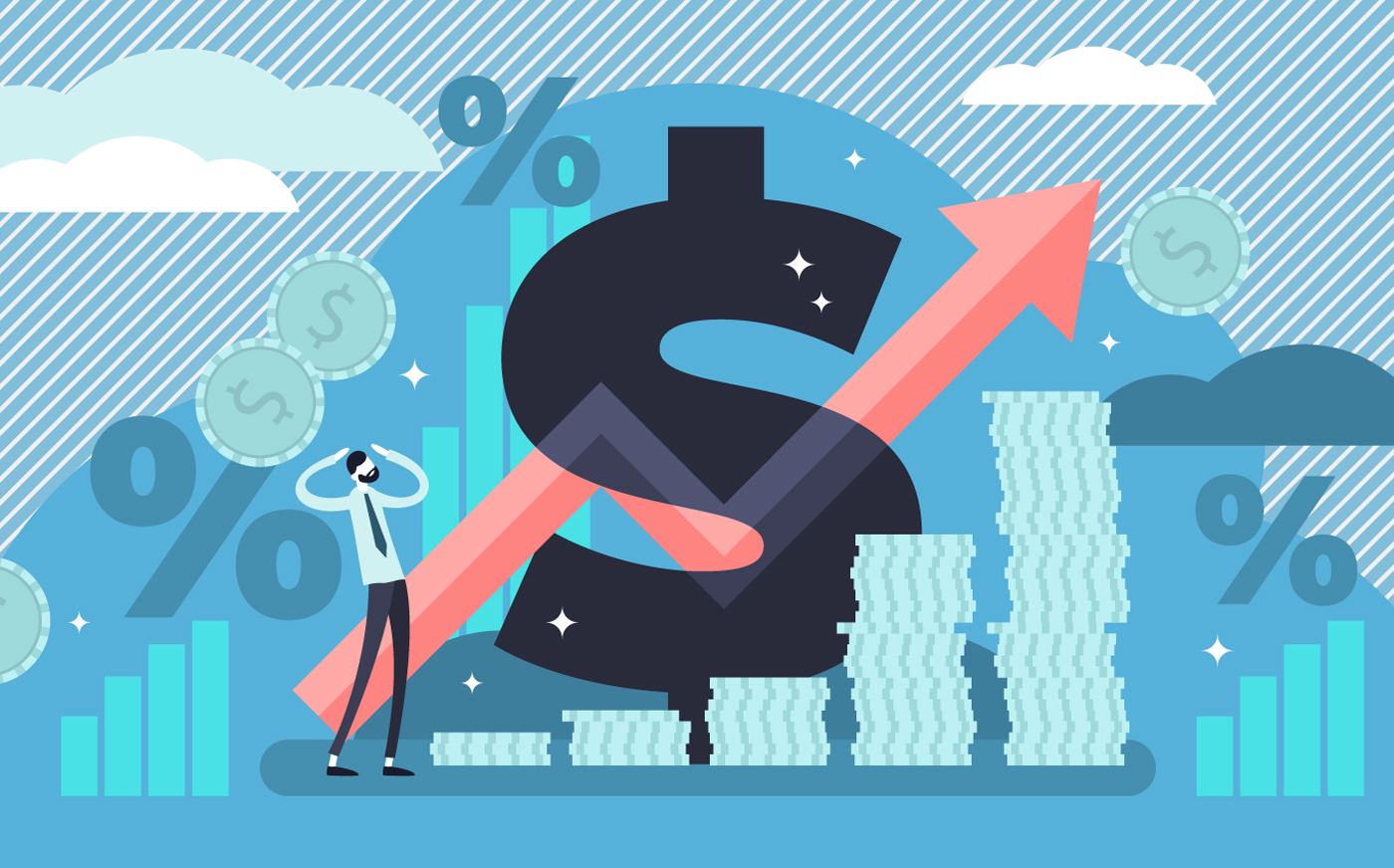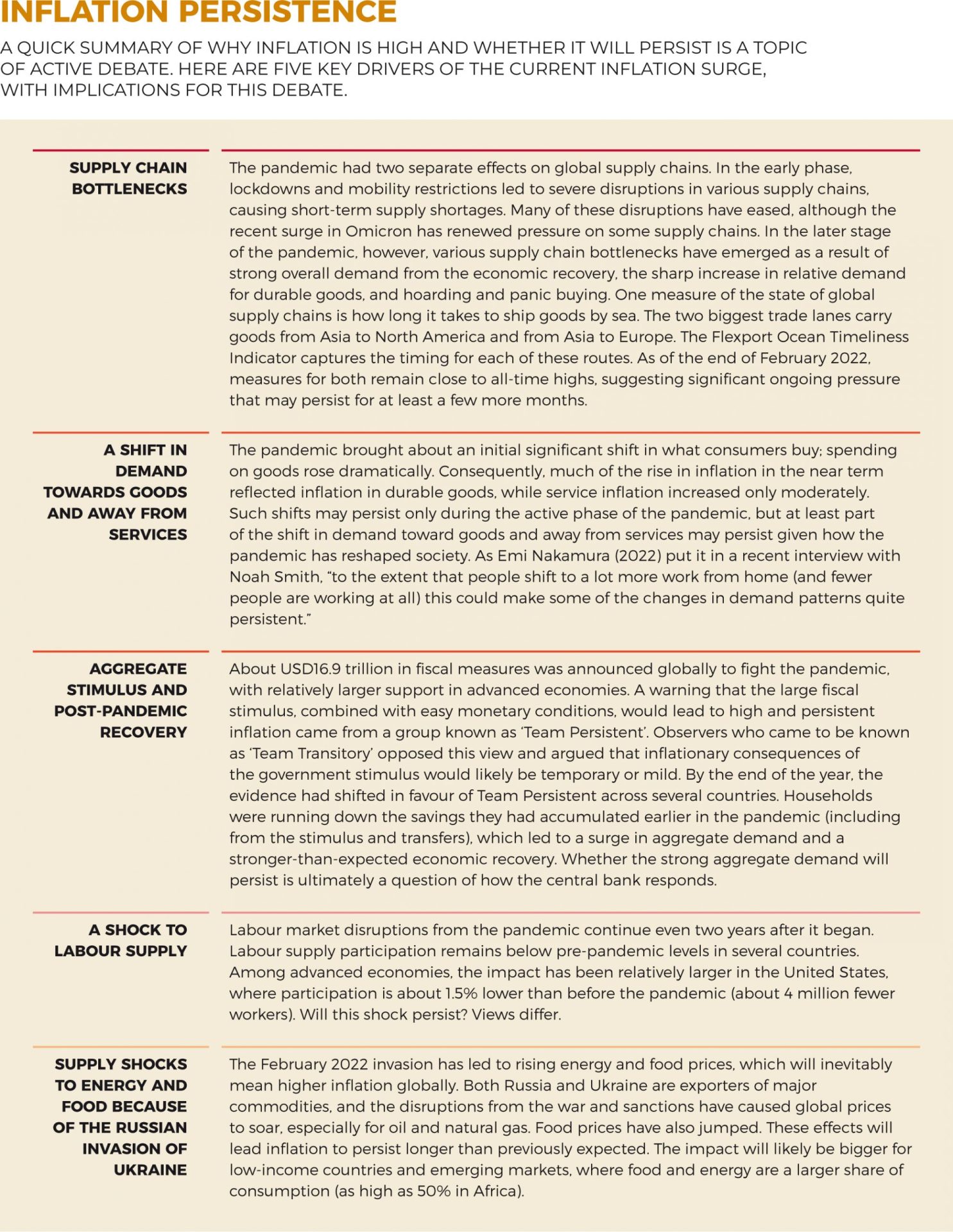Inflation: Why We Should All Take ‘Small Steps in a Dark Room’
Banking’s response will be a reflection of its values. Tread carefully.
Banking’s response will be a reflection of its values. Tread carefully.

By Angela SP Yap
It’s an awfully confusing time to be an economic spectator.
On the one hand, we have alarmist pundits dominating the headlines; and on the other is what its proponents consider “common sense” which wasn’t quite sexy enough to make the news.
For instance, on 5 April this year, a major global bank was the first to forecast a “minor” recession in the US come 2023, then within weeks of this, revised its own projection to an even grimmer “major recession”. Within the same day, ex-Treasury Secretary Lawrence Summers chimed in his Washington Post op-ed that “over the past 75 years, every time inflation has exceeded 4% and unemployment has gone below 5%, the US economy has gone into a recession within two years” and that the Fed’s current policy of gradual rate increase will lead to poor economic performance years into the future.
However, it’s important to not take headlines at face value. What Summers actually said is that there was a one-third chance of stagflation, one-third odds of a recession, and one-third odds of rapid growth with no surge in inflation – pretty much hedging his bet to guarantee he would be right no matter what. Since then, Summers has also gone on what’s been described as “an I-told-you-so inflation tour”, making the media rounds to state how the Fed and current government is behind the curve in wresting inflation.
In response, economists like Dr Charles W McMillion called out such clickbait, whose curt letter to the editor in the same newspaper titled Don’t Listen to Larry Summers on Inflation fired this salvo: “Summers still wants to affect US economic policy. But why non-banksters would still pay attention to him is a mystery.”
The term ‘bankster’ – a portmanteau of ‘banker’ and ‘gangster’ – has come to epitomise the forces or persons in financial services who continue to profit (or be bailed out) at the expense of others in the system, especially those who played a role in the deregularisation of finance pre-global financial crisis.
The also retired Dr McMillion, a former professor and associate director at the Johns Hopkins University, represents the other side of the coin on the inflation debate iterating that it is the duty of prudential authorities to manage inflation expectations and not succumb to populist measures.
Put aside the personalities that have weighed in, inflation elicits strong reactions from all sides because forecasting it is far from straightforward. Based on what it deems to be the target threshold for inflation, central banks use interest rates in order to bring it in line with expectations. Raising interest rates makes borrowing more expensive and tames inflation by slowing economic growth; lowering rates does the opposite.
Here’s where it gets a little tricky. Raising rates too early or too much might trigger a knee-jerk reaction in consumer demand and stifle the economy; raising rates too little too late will result in prices spiralling out of control. It all depends on where we expect inflation to be rather than where it is today, which we discuss further along in this article. This is essentially the dispute between those in Summers’ camp and others like McMillion, which could be described as a ‘shock-and-awe’ vs ‘moderate’ path to curb inflation.

The Federal Reserve Chair Jerome Powell has chosen to adopt a sort of middle-path by announcing moderate rate increases – two hikes of 0.25% and 0.5% in March and May respectively – whilst attempting to bring expectations in line by stating “we have both the tools we need and the resolve it will take to restore price stability” to healthy levels. Although the market expects more rate increases this year, it’s heartening to know that April inflation figures in the US have already slowed slightly although still high at 8.3% from its peak of 8.5% in the month prior. It bears reminding that inflation is a lagging indicator and any policy change by the central bank will take time to see effect.
During such roiling times, here’s what more balanced commentary may look like:
“[T]he economy is experiencing a series of imported supply shocks that are pushing up inflation and depressing demand. The exit from the pandemic is characterised by global mismatches between demand and supply – in energy and goods markets in particular – with uneven effects across sectors. As a result, past economic regularities may be a poor guide for the future,” states Fabio Panetta, Member of the Executive Board of the European Central Bank at a recent February 2022 speech delivered at the European University Institute in Frankfurt.
“This makes medium-term developments extremely hard to anticipate. There are forces at play that could delay the recovery and contain underlying price pressures, and others that could lead to accelerating inflation. Policy mistakes in either direction could push the economy onto an unfavourable path.
“Faced with such uncertainty, there is a case for the central bank to accompany the recovery with a light touch, taking moderate and careful steps in adjusting policy, so as not to suffocate the as yet incomplete recovery.
“If we are to durably escape the low inflation and low growth environment that has defined the past decade, we cannot afford to waste the progress we have made so far. In the spirit of William Brainard, we should take small steps in a dark room.”
Far from knowing it all, the admission that these are unprecedented times and central banks are cognisant of the sensitivities any policy change would have on markets, restores some measure of balance because it addresses one of the most critical factors that affect inflation –human expectations.
How we perceive inflation can result in it being more costly than it might have been under purely rational circumstances. Recall instances of panic-buying at supermarkets or some word through the grapevine that caused a bank run. Indulging in these first-round anxieties can cause things to spiral out of control, resulting in second or even third rounds of panic in the system. There are the potential consequences of failing to manage expectations.
In economics, the Friedman-Ball hypothesis describes this phenomenon, i.e. that high inflation creates high levels of uncertainty, which if left unaddressed, could turn out to be the trickiest and costliest to rein in.

A Brookings Institute paper, What are Inflation Expectations? Why Do They Matter?, by Tyler Powell and David Wessel, describes the correlation between human expectation and actual future inflation:
“Inflation expectations are simply the rate at which people – consumers, businesses, investors – expect prices to rise in the future. They matter because actual inflation depends, in part, on what we expect it to be. If everyone expects prices to rise, say, 3% over the next year, businesses will want to raise prices by (at least) 3%, and workers and their unions will want similar-sized raises. All else equal, if inflation expectations rise by one percentage point, actual inflation will tend to rise by one percentage point as well.”
Here’s how managing expectations is crucial in bringing inflation to an acceptable level: “Central bankers’ focus on inflation expectations reflects the emphasis that academic economists, beginning in the late 1960s (including Nobel laureates Edmund Phelps and Milton Friedman), put on inflation expectations as key to the relationship that ties inflation to unemployment.
“As a result of the persistently high inflation in the 1970s and 1980s, inflation expectations became unanchored and rose with actual inflation – a phenomenon known at the time as a wage-price spiral. This cycle plays out as follows: high inflation drives up inflation expectations, causing workers to demand wage increases to make up for the expected loss of purchasing power. When workers win wage increases, businesses raise their prices to accommodate the increase in wage costs, driving up inflation. The wage-price spiral means that when inflation expectations rise it is difficult to bring down inflation, even if unemployment is high.”
Simply put, it’s impossible to rein in inflation without reining in our own expectations. It’s also what makes op-eds like Summers’, which some might construe as an attempt to whip up populist sentiment, misleading and potentially dangerous. It spooked more than it should, for less reason than necessary. It also spurred many other research houses to posture the same, each one seemingly bent on making the first call rather than a balanced, accurate one.
In contrast, China’s figures just came in at the time of writing this article, with consumer prices in March up 1.5% year-on-year, its biggest jump in three months, and prices at the factory gate up by over 8%. Yet, the chief economist for Greater China at ING in Hong Kong, has gone on record to state that for China, “inflation is not really an issue for now.”
Who’s right, who said it first, who beat the pack – none of it will matter if Rome is razed to the ground. After all, speaking honestly without scaremongering is what distinguishes the banker from the bankster.

Angela SP Yap is a multi-award-winning social entrepreneur, author, and former financial columnist. She is Director and Founder of Akasaa, a boutique content development firm present in Malaysia, Singapore, the UK, and holds a BSc (Hons) Economics.